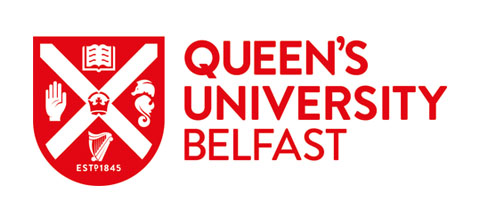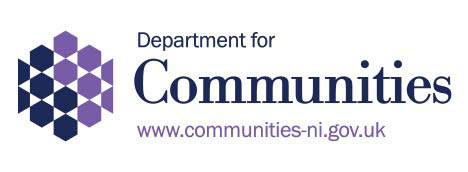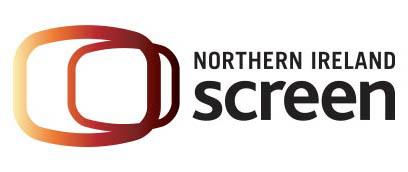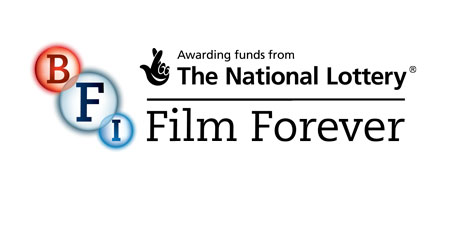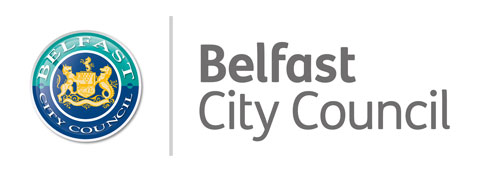LUMI X BFF: Small Island, Big Nightmares
11 November 2024
LUMI Programmer Conor McCusker dives into Irish horror history to review Belfast Film Festival opening night feature, Fréwaka.
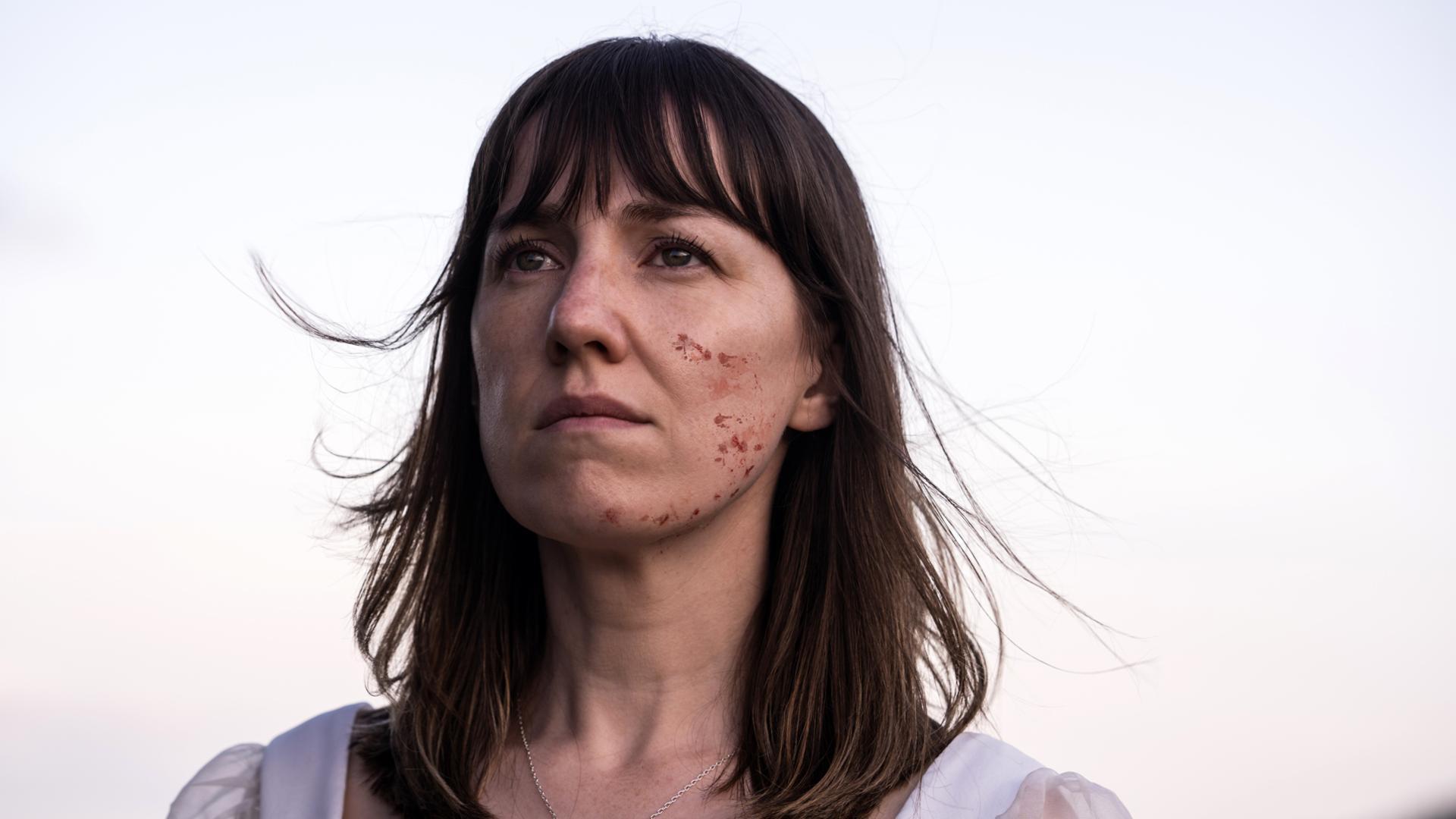
A relatively small subgenre of horror, Irish horror has been increasing in quantity and quality in recent years. Films such as 2021’s You Are Not My Mother, 2024’s Oddity and this year’s BFF opening night film Fréwaka by Aislinn Clarke have gained notable praise within the horror community. Rising Irish voices like Aislinn Clarke, Lee Cronin and Damian McCarthy are furthering Ireland’s place within the Horror landscape. The future of Irish horror is in safe hands. The palpable excitement I have, seeing Ireland represented on the big screen within my favourite genre is immense. So I ask myself, what is Irish horror? Do we have a unique style? Is it simply horror films made in, set in or about the island of Ireland?
In the 80's and 90's, Irish horror was often depicted either in caricatured ways, using gross stereotypes, or by using our rolling landscapes to tell stories that were not traditionally Irish. In effect, the agency of Irish Horror was stolen before its inception. This can be seen in British and American Horror cult classics such as Halloween 3:Season of the Witch, Rawhead Rex and the Leprechaun franchise.
In my opinion, folk horror is the perfect subgenre to reclaim our unique horror voice. Within the past decade, some of the most promising and exciting folk horror films have been Irish. Cronin’s The Hole in the Ground, Wright’s Unwelcome and Keating’s Wake Wood for example. The films listed are Irish folk horror that make use of Irish folklore to great effect. The folklore theming does not detract from the otherwise traumatic stories of child loss and grief but rather adds to the depth of emotion. Using folk horror to tell Irish stories in my opinion allows for a greater sense of catharsis, especially for indigenous audiences. Telling stories of the terrors that are specific to Ireland and using Gaeilge (as is the case with Fréwaka and All You Need Is Death) fosters an even deeper connection to our land and heritage. Bolstering the connection to Ireland is necessary to show that while we inhabit a place of such natural beauty and rich folklore, we also inhabit a place of real-world horrors, past and present. Irish horror excels by connecting the audience to the roots of Irish history and folklore. These roots are so deeply ingrained in our country and pervade every Irish Home. The horror elements of Ireland are inescapable, our collective trauma combined with folk horror tales and legend have spread and buried into every fibre of our identity, if even subconsciously.
I needed help to gain a better understanding of what Irish Horror is, so who better to reach out to than Fréwaka Director and Irish horror expert Aislinn Clarke. as you could well imagine, Aislinn had many thoughts on the topic! This is what Aislinn had to say. “If we think of Irish horror as an indigenous Irish product, rather than a resource extracted by producers and filmmakers from abroad who film here, then it is inevitable that Irish horror filmmakers will make folk horror - or folk inflected horror. Folk horror is our second language. We are raised with those stories and we know people who still hold those beliefs, even if subconsciously. And those folk tales and beliefs are singularly ours, distinct from the traditions of the UK and North America. Over the past decade and a half, the Irish film industry has blossomed and has created space for world-beating home-grown material. It is no surprise to me that much of that material is horror, as horror, pain, and suffering is so much a part of Irish culture and history and, as indigenous filmmakers themselves contribute now to the national cinema (rather than just the exploited misty landscapes and Big Houses of older international productions), they will naturally draw on elements of the culture that distinguish us from the UK and elsewhere - the rough, primal treasure of our oral history, the natural inclination to darkness that is in our very bones. Those are the ancient elements, hardwired into us, formed over thousands of years of living, dying, keening, burying, and birthing. They are unavoidable.”
The Fréwaka director aptly gives focus and reasoning to the folk horror subgenre that Irish horror finds itself leading from within. Clarke’s films deal with the many ways Ireland (and Irish Catholicism) has failed its women. The Devil’s Doorway’s use of the Magdalene Laundries and Fréwaka’s exploration of religion and the treatment of women in Ireland highlights the true horror of lived experiences by Irish women. The recurrent oxymoronic usage of Catholic and Pagan symbolism throughout Clarke’s filmography shows that Irish history, myth, and religion often blur the lines of reality and meld together into one horrific tale.
But is folk horror all that Irish horror is? My hope for the future of Irish horror is that it cannot be defined, possibly only by the directors creating the films. While we are a country that thrives in folk horror, and have experimented with other sub-genres in horror i.e. sci-fi (Grabbers), comedy (The Boys from County Hell, Apocalypse Clown) and creature features (Shrooms, The Hallow). Aislinn sums up my hopes for the genre perfectly when asked about the potential to transcend folk horror, “It is possible that Irish horror will expand beyond our own trove of folk terrors into more universal subgenres without sacrificing the Irishness, cultural relevance, and authenticity of the filmmaker.” The increased Irish talent within the genre shows that there is a promising future for Irish horror in any subgenre of horror. Breakthrough actors and directors mean that Irish horror can only move in one trajectory. Maybe we could get a slasher set in Belfast, now wouldn’t that be fun?
